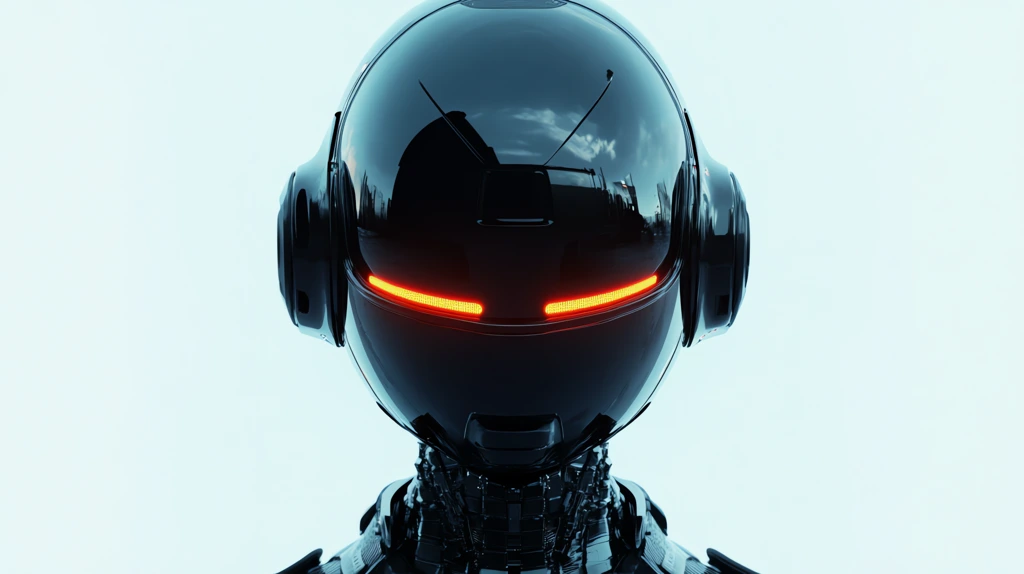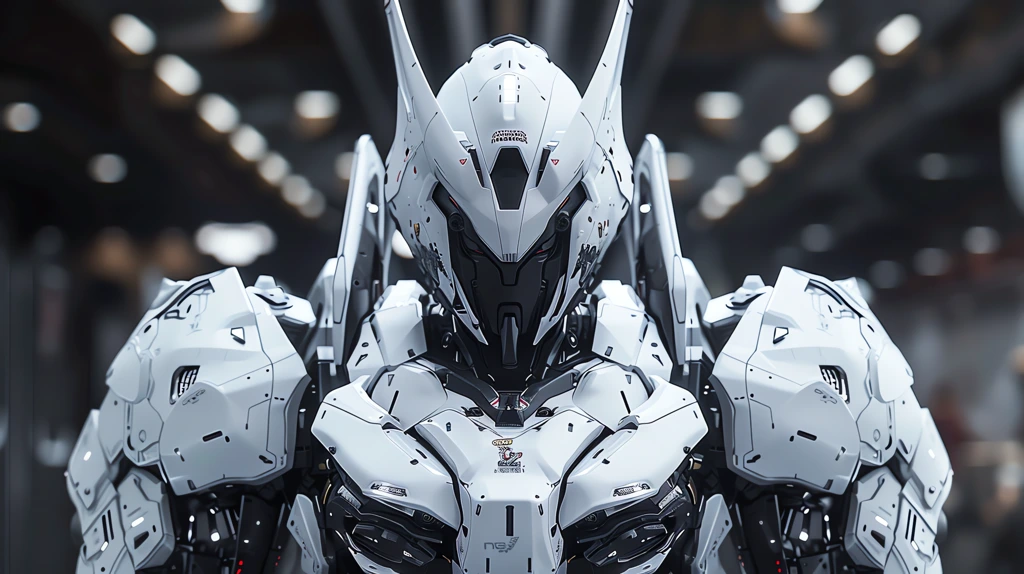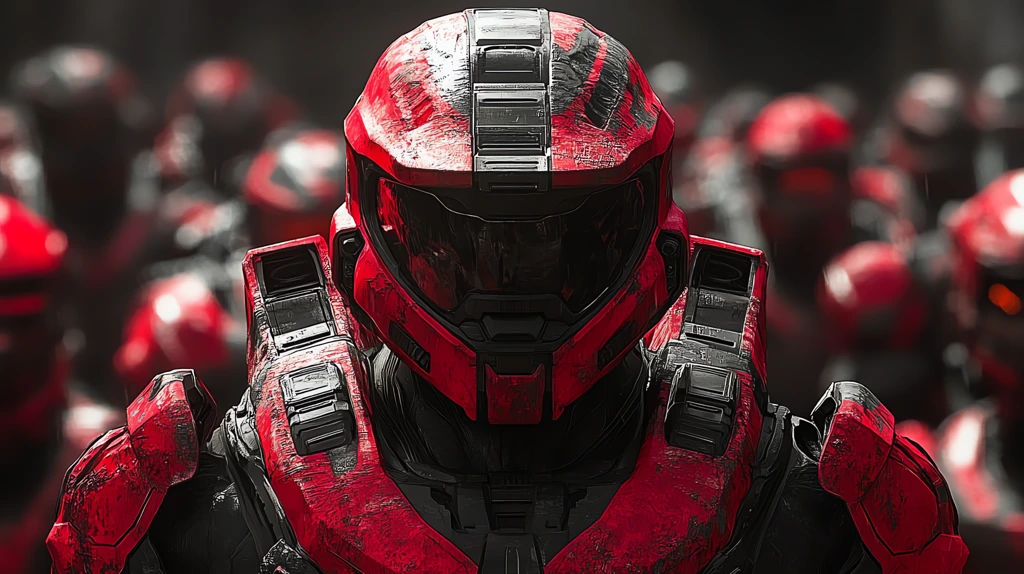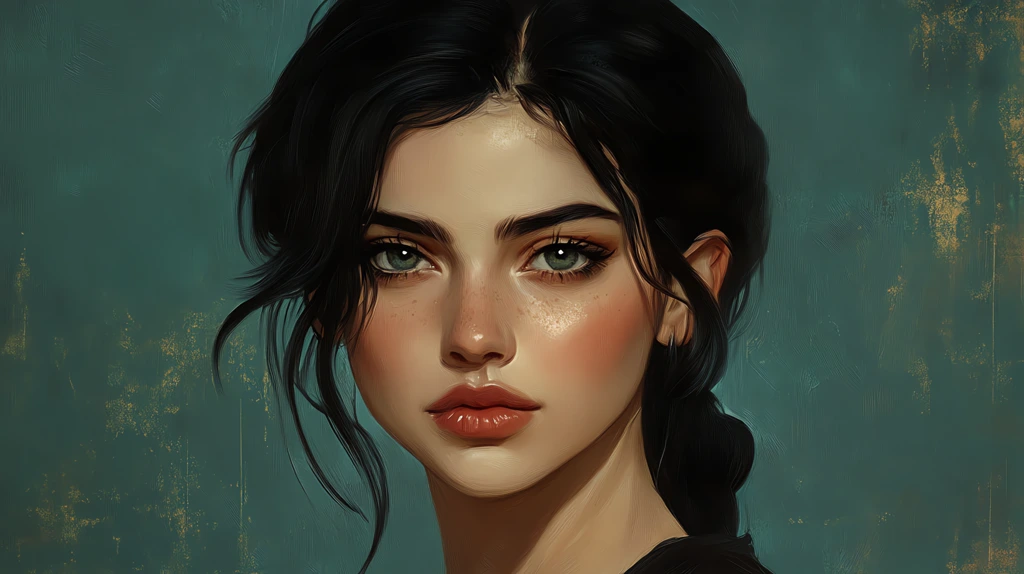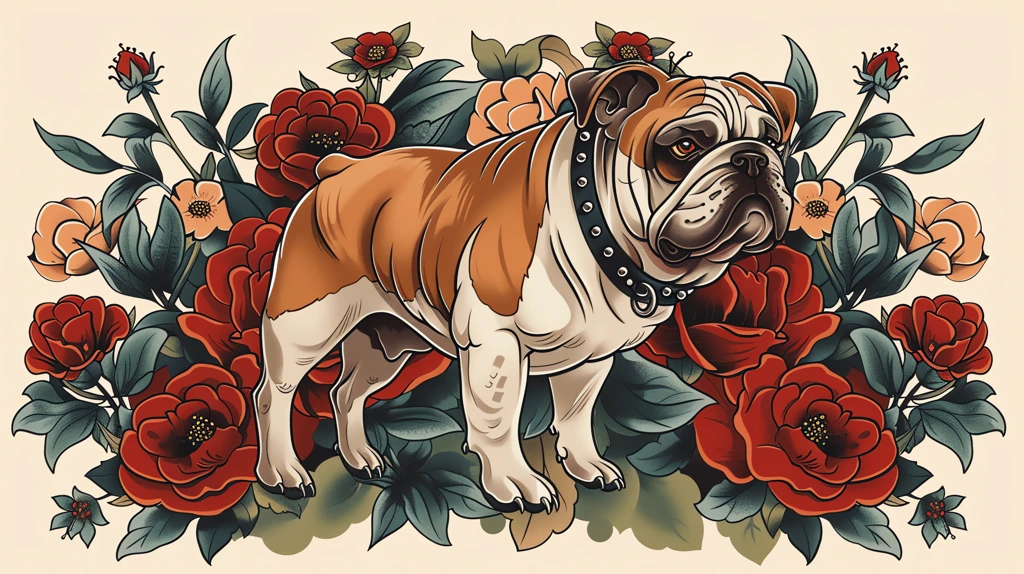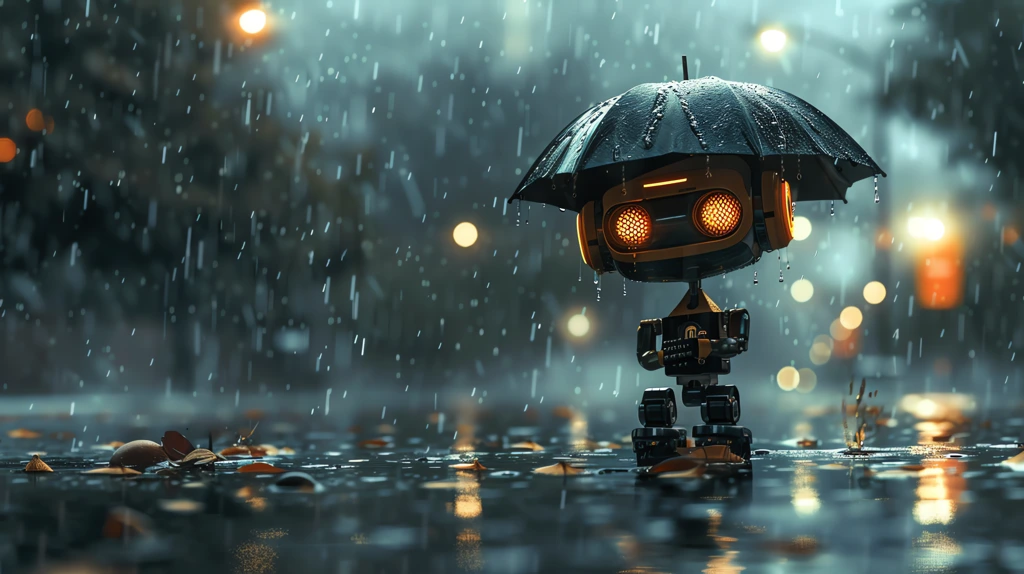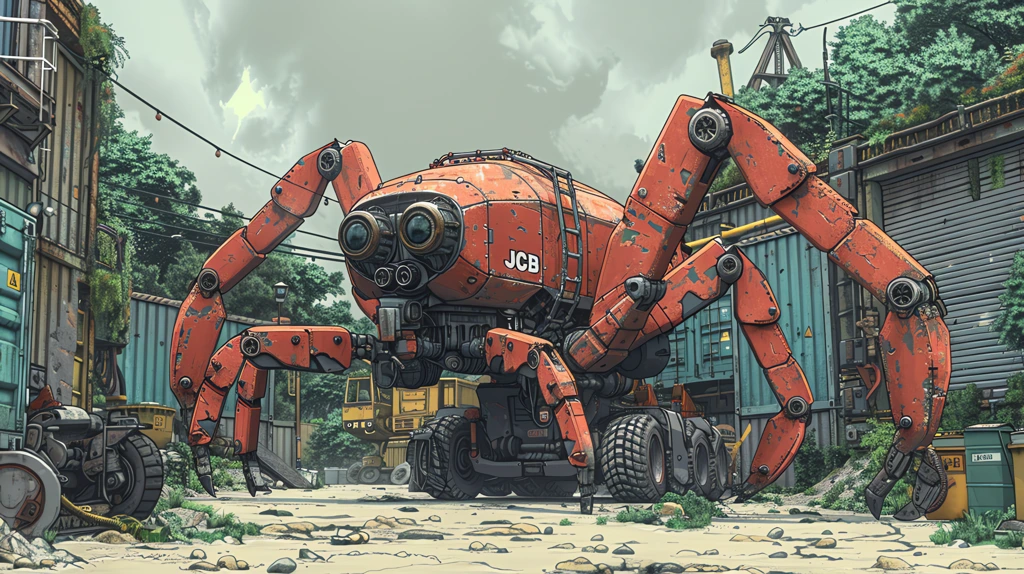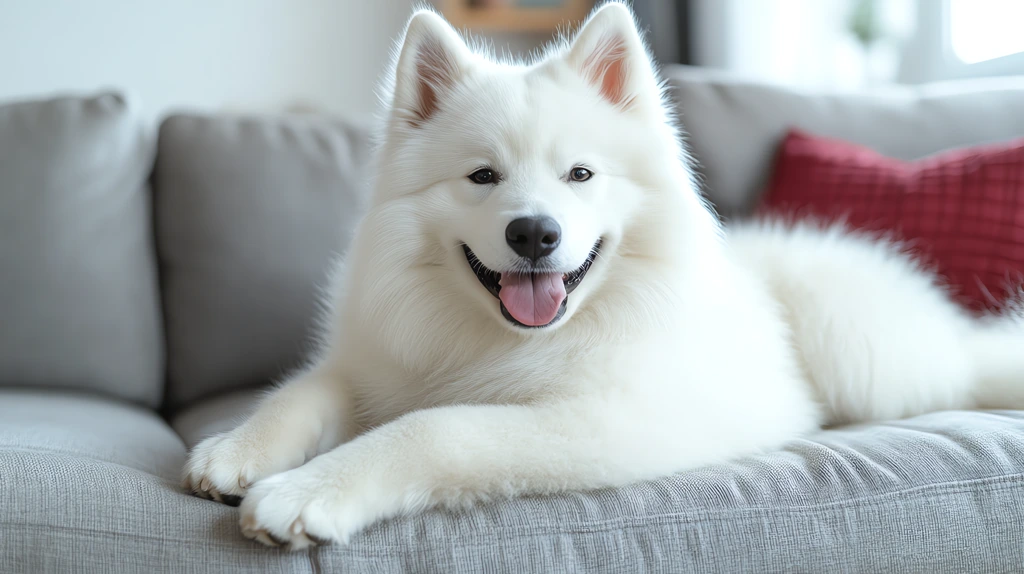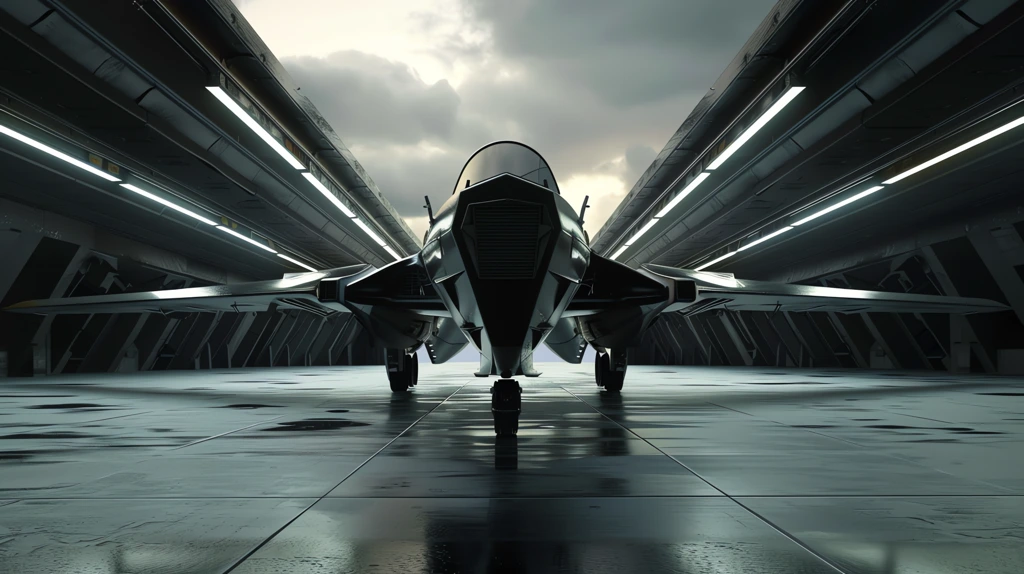4K Desktop Wallpaper
Resolution: 3840 x 2160 pixels
Aspect Ratio: 16:9
File Format: JPG
Imagine a fusion of advanced robotics and striking visual aesthetics, where cutting-edge technology meets the iconic style reminiscent of Daft Punk’s digital world. The back of a robot’s head can serve as a canvas for stunning design, drawing inspiration from the vibrant, neon-lit landscapes often found in Daft Punk desktop wallpapers. In this age of innovation, the visual appeal of robots is as significant as their functionality, creating an exciting intersection between art and engineering.
Picture the sleek contours of a robot’s head, molded with the precision only modern craftsmanship can offer. The design captures the essence of contemporary artistry, echoing iconic themes of futurism that have been celebrated for decades. The aesthetic might incorporate glossy finishes, bold colors, and geometric patterns that radiate an electronic pulse reminiscent of a lively concert, much like the electrifying presence of Daft Punk’s performances.
The surface of the robot’s head could be adorned with intricate LED displays that ripple with light, casting vibrant hues across its form. Think about the moments when the light dances like sound waves, pulsing to an internal rhythm. This design not only serves as an artistic statement but also enhances the robot’s interactivity, making it a captivating centerpiece in any environment. The use of 4K resolution in visuals adds an additional layer of immersion, allowing each pixel to come alive, showcasing the depth and brilliance of colors inspired by digital art.
Furthermore, consider the implications of such a design in the real world. Robots often appear functional rather than fashionable, but with a Daft Punk-inspired aesthetic, they can transcend this boundary. Whether it’s helping with tasks in a home or serving as companions in a futuristic society, these robots can evoke emotions through their design. The back of the head can be a storyteller, a display of emotions translated through dynamic light patterns, enticing users to engage with them on a deeper level.
In the realm of robotics design, engineers are now challenged to think outside the box, integrating artistic creativity with technical functionality. The back of the head can even serve a practical purpose, housing sensors or processors while simultaneously showcasing a remarkable visual appeal. It opens up pathways to further personalization, where users could customize their robotic companions, akin to changing desktop wallpaper or theme settings, making technology feel more human.
Integrating elements from renowned cultural phenomena not only makes robots more relatable but also infuses technology with a spirit of artistry. This vision embodies the essence of a future where art and technology coexist harmoniously, each enhancing the other. Just as Daft Punk has reshaped the music landscape with their visual identity, the representation of robotics can enter an era of duality—where the mechanical meets the sublime.
In conclusion, envisioning a robot with a back of the head that resonates with the aesthetics of a Daft Punk desktop wallpaper elevates our understanding of what technology can be. It invites us to think of robots not just as tools, but as collaborative extensions of ourselves—entities that can inspire joy and provoke thought through their design. The future of robotics might just be as engaging and vivid as the art that inspires it, offering endless possibilities for innovation and expression.
